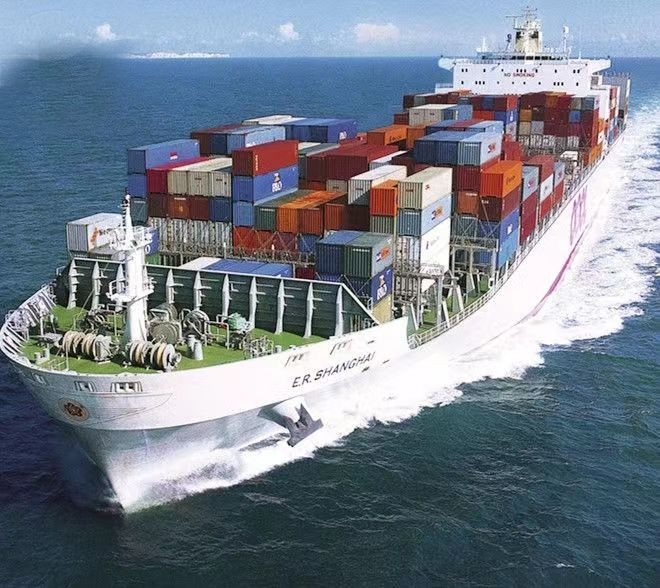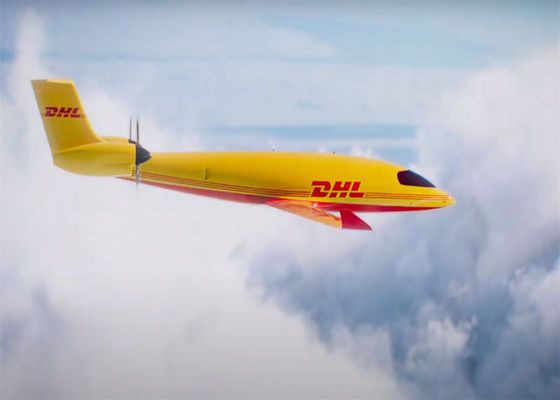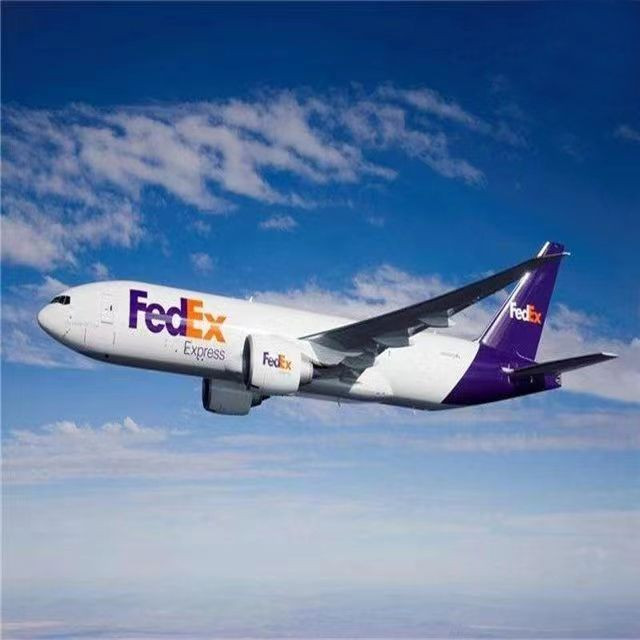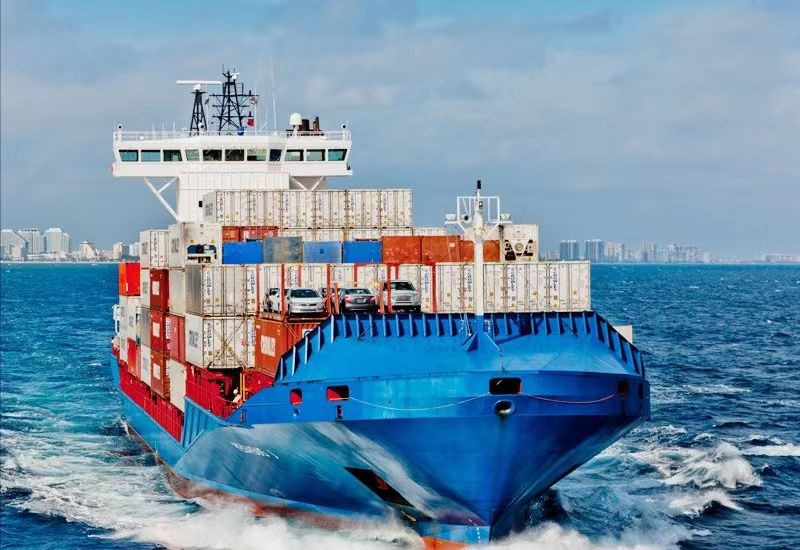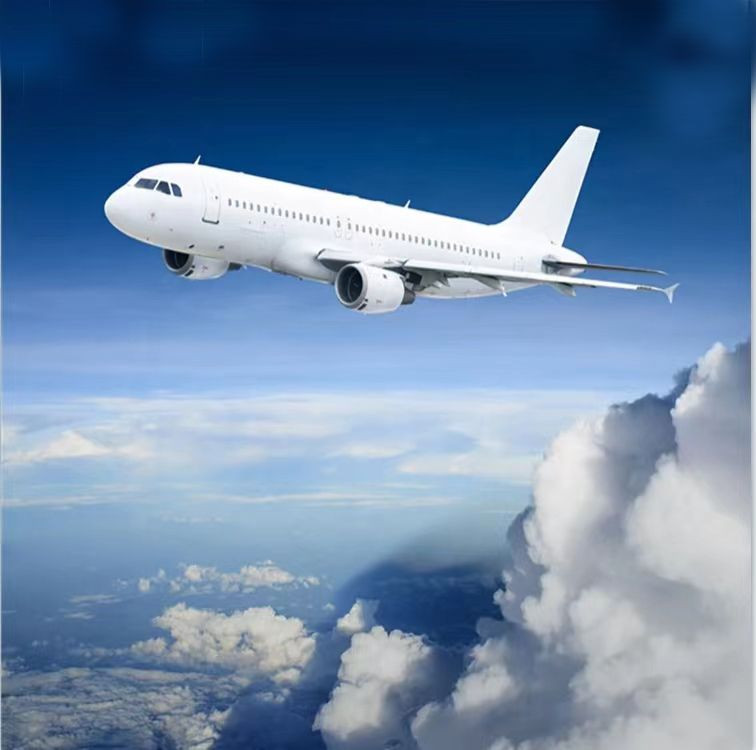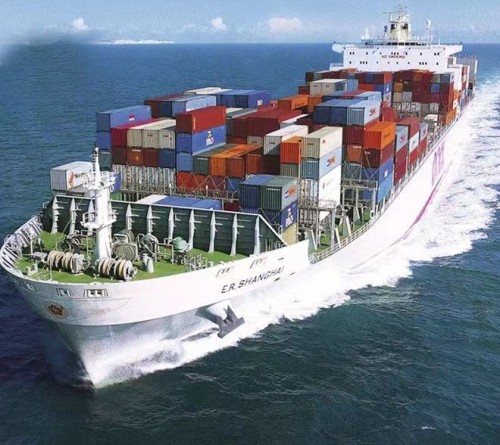

Products

Description:
Full Container Load LCL Timely Ocean Freight DDP Worldwide Sea Freight
Sea freight, also known as ocean freight, is a method of transporting goods or cargo using ships or vessels across the worlds oceans and seas. It is one of the most widely used and cost-effective modes of international transportation, particularly for long-distance shipments.
1. Booking: The shipper or freight forwarder contacts a shipping line or a freight forwarding company to book space on a vessel for their cargo. They provide details such as the type of goods, dimensions, weight, origin, and destination.
2. Documentation: The shipper prepares the necessary shipping documents, including the bill of lading, commercial invoice, packing list, and any required permits or licenses. These documents serve as proof of ownership and facilitate customs clearance.
3. Cargo Handling and Packaging: The cargo is properly packaged and prepared for shipment to ensure it is protected during transit. It may be loaded into containers, which can be either full container loads (FCL) or less than container loads (LCL) depending on the volume of goods.
4. Customs Clearance: Before the cargo can be shipped, it must go through customs clearance procedures at both the port of origin and the destination. Customs officials verify the documents, assess duties and taxes, and ensure compliance with import/export regulations.
5. Port Handling and Loading: Once the cargo arrives at the port of departure, it goes through port handling operations. This involves unloading, sorting, and organizing the containers or cargo for loading onto the vessel. Cranes and other equipment are used to lift and position the containers on board.
6. Voyage: The vessel departs from the port of origin and sails across the ocean to the destination port. The duration of the voyage varies depending on factors such as the distance, weather conditions, and the number of stops along the way.
7. Port Discharge and Unloading: Upon arrival at the destination port, the containers or cargo are unloaded from the vessel using port equipment. They are then transferred to the designated area for further processing and distribution.
8. Customs Clearance and Delivery: The cargo goes through customs clearance procedures at the destination port, similar to the process at the port of origin. Once cleared, it can be picked up by the consignee or transported to its final destination, often through a combination of road, rail, or inland waterway transportation.

FAQ:
Q1: My supplier has no right to export. Can you help me export the goods?
A: Yes. we can.We can buy the export license. do thecustoms declaration and ship the goods out to you.
Q2: Can you help do the customs clearance.and deliver the goods from destination port to our warehouse?
A: Sure. In overseas ports, we have partner agents. If necessary, we can assist you in doing that.
Q3: When shall l pay you?
A: Commonly, for sea freight shipment, you can pay usafter the goods departure.
Q4: Can you help me inspect our goods?
A: Yes, we can help do that for you. Please offer yourdetail requirements for the inspection.

